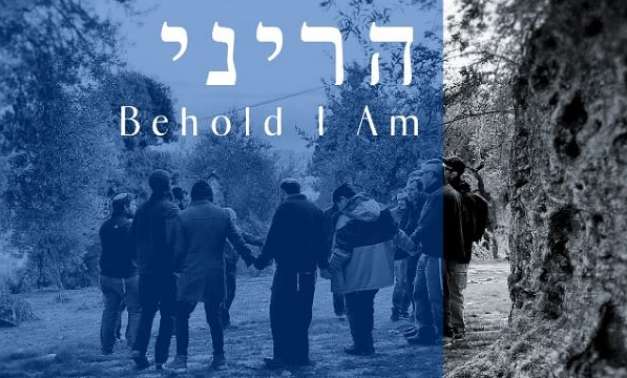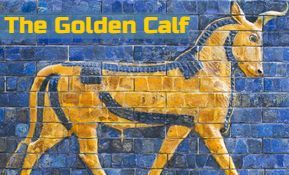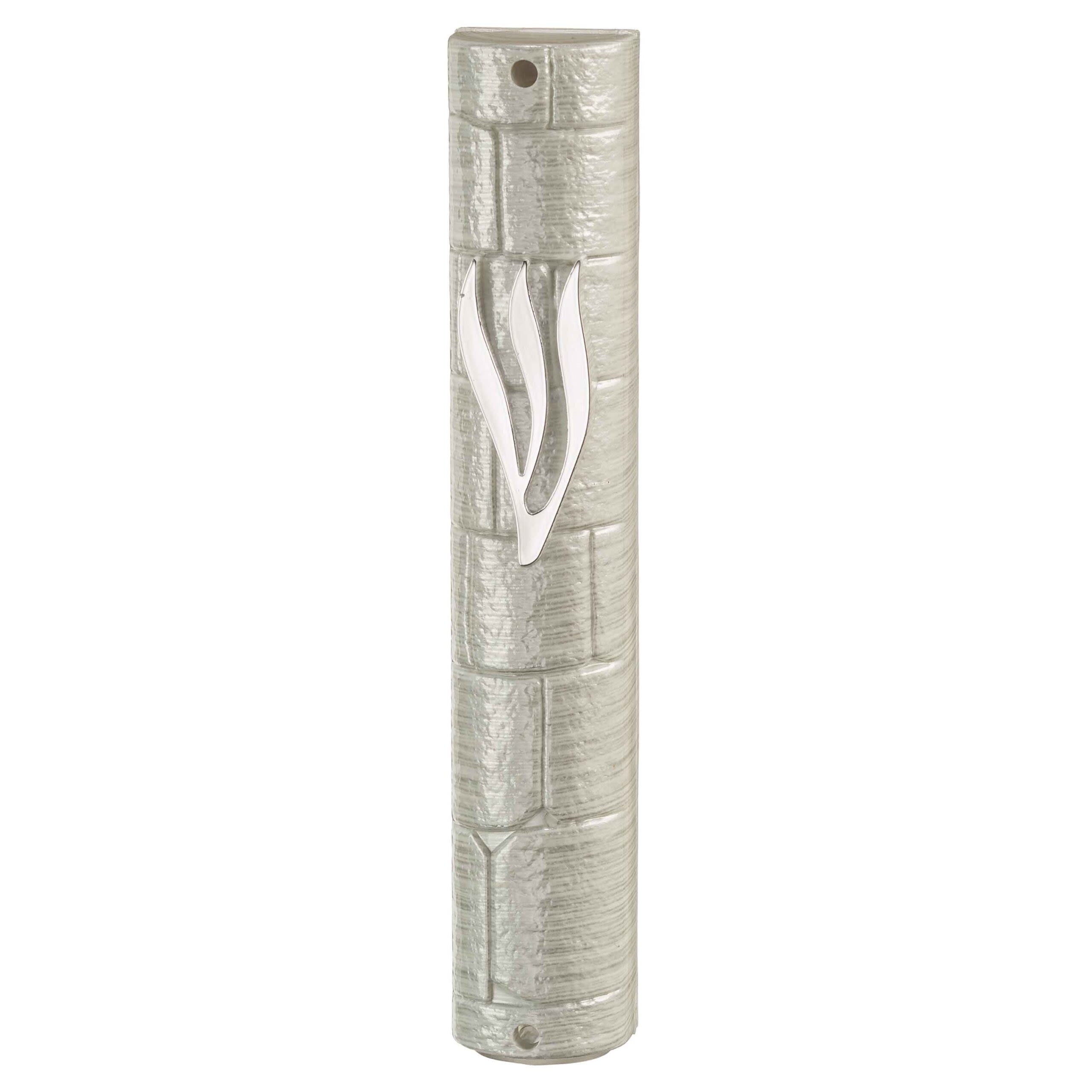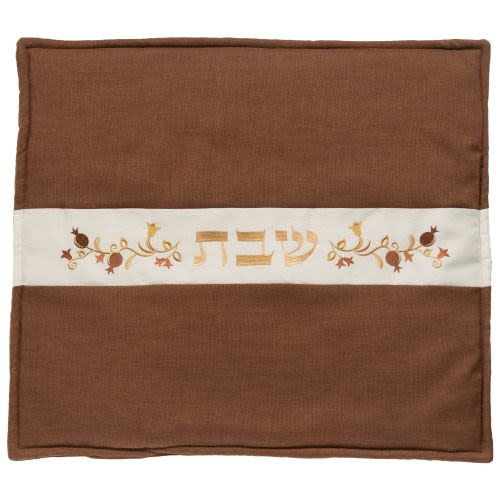
Bamidbar: Unity
One of the most disconcerting problems facing the Jewish world today is lack of unity. Much too often, the different factions focus..

The Angels’ Unity
One of the most disconcerting problems facing the Jewish world today is lack of unity. Much too often, the different factions focus on criticizing and condemning others, instead of searching for the things we have in common. People tend to view those to the “right” of them as fanatics, and those to the “left” as unprincipled or immoral. It is human nature to see ourselves with rose-colored glasses, while magnifying others’ every imperfection.
This weeks parsha discusses the differences among Jews and Jewish unity:
“The Children of Israel shall encamp, each man by his banner according to the insignias of their fathers’ household” (Bamidbar 2:2).
The Midrash comments: “When the Holy One revealed Himself on Mount Sinai, twenty-two thousand ministering angels came down… They were all assembled under banners. When Israel saw they were assembled under banners, they began to desire banners… The Holy One said to them: ‘You desire to be organized under banners? By your life, I will fulfill your wish…’ Immediately the Holy One informed Israel and He said to Moshe (Moses): ‘Make them banners as they desired’” (Midrash Rabbah, 2:3).
Why did Israel desire these banners, and why did the Holy One command Moshe to “make them banners as they desired?”
In Ohr Yahel (III, pg 256), Rabbi Yehudah Leib Chasman explains the difference between the ministering angels and man. There is no hatred, jealousy, or competition among the angels. In the Jewish liturgy they are described as, “They are all beloved; they are all flawless; they are all mighty… Then they all accept upon themselves the yoke of Heavenly sovereignty from one another and grant permission to one another to sanctify the One Who formed them” (Blessings of the Shema).
A ministering angel is not jealous of another’s abilities. The angels recognize their differences, see each other’s greatness, and assemble under different banners. They respect each other, as we recite in our daily prayers: “Then they all accept upon themselves the yoke of Heavenly sovereignty from one another and grant permission to one another.” This phrase defines real, complete unity. The Jewish nation saw this impressive unity and desired it for themselves.
The Midrash relates that Moshe was afraid of discord and reacted in fear when the Holy One told him to make banners: “Now,” he said, “the future bodes that argument will break out among the tribes of Israel…” (Midrash Rabbah, 2:8).
The Midrash says, however, that the Holy One commanded: “Make them banners as they desired!” Rabbi Chasman points out that at Har Sinai, Israel had attained such an exulted level of unity that jealousy and hatred almost disappeared. They desired to become like the ministering angels; their hearts were united and they had absolute respect for one another.
The tribe of Yehudah would be first, in the east, even though Rueben was the first-born. And yet, Rueben showed no jealousy. Yissachar and Zebulon would be next to Yehudah, and so on, without hatred, without jealousy, without competition.
Individual Strengths
Rabbi Dr. Elie Munk of Paris discusses the order of the encampment of the twelve tribes in his classic work, The World of Prayer (pg. 124-7). This order has its ultimate prototype in the Divine Throne, supported by the four Cherubim: “Just as the Holy One created the four directions of the world, so too He surrounded the Divine Throne with four Cherubim, and corresponding to them, he ordered the banners for Moshe” (Bamidbar Rabbah, 2).
Each of the compass’ four points is significant. The east symbolizes the spirit, as the Midrash says: “The light comes to the world from the east” (Ibid.). This is shown by the position of the Menorah on the eastern wall of the Tabernacle. Towards the south, where the sun rises to its zenith, is the source of the beneficial forces of fertility: “The dews of blessing come to the world from the south” (Bamidbar Rabbah, 2), while to the west we always look for the Shechinah, Divine Presence, as the Talmud says: “The Shechinah is always in the west” (Zevachim 118b). The north, the side where the Table with the Showbread was placed in the Tabernacle represents material prosperity, as it is said: “Gold comes from the north (Iyov 37:22).
In summary:
East—Light
South—Blessing
West—Shechinah
North—Prosperity
The twelve tribes were organized into formations of three tribes each — known as the “banners” — with each banner led by a designated tribe, arranged around the Tabernacle in the same way that Yaakov (Jacob) had assigned his sons when he instructed them how to escort his bier to Eretz Yisrael for burial (Rashi).
Let us take a walk, beginning from the east, round the camp of the tribes of Israel. On the east, the side associated with the spirit, stood the tribe of Yehudah, and with it Yissachar and Zevulun. These three tribes excelled in the knowledge of the Torah (Yalkut). The monarchs came from Yehudah, their role was to guide the nation in Torah observance; the king had a mitzvah to carry a Torah scroll on his person at all times. Yissachar devoted themselves exclusively to Torah study, and were supported in their endeavor by Zevulun.
Yissachar and Zevulon developed a unique and inspiring partnership. Zevulun engaged in maritime commerce and supported Yissachar who devoted his time to Torah study as teacher, judge, and guardian of the spiritual treasures of the people.
In mentioning Zevulun (Bamidbar 2:7), the Torah does not say “and,” as it does in the case of every other third tribe in the formations. This is because the conjunction “and” might imply that Zevulun’s position was secondary — but the Torah wishes to avoid any suggestion of disrespect for the tribe that undertook to support Torah study. So great is the merit of the Yissachar/Zevulun partnership that the two are treated as equals (Baal HaTurim, from Tanchuma).
The second formation was the tribes encamped on the south side, the tribes of Shimon and Gad, united under the leadership of Reuven. The Midrash regards Reuven as the prototype baal teshuvah, one who turns repentant to God (Bamidbar Rabbah 2). The south is the source of blessed dew and rain, and thus the appropriate position for a penitent, since he brings God’s mercy and blessing to the world. This formation embarked second, when the nation traveled, because the importance of repentance is second only to that of Torah (Ramban).
On the west, united with Ephraim, were the tribes of Menashe and Binyamin. It is the side where the Shechinah stood, i.e. in the territory of Binyamin. “Of Binyamin he said: ‘May Hashem’s beloved dwell securely by Him; He hovers over him all day long, and rests between his shoulders’” (Ibid. 12). The Temple was built in the Judean hills, as if on Binyamin’s shoulders (Rashi). The reappearance of the Shechinah heralds the “awakening of God’s power,” i.e. the punishment of the wicked, as it is said: “He Who dwells between the cherubim, appear. Before Ephraim, Binyamin, and Menashe arouse Your might, and it is for You to save us” (Tehillim 80:2-3).
The tribes encamped on the north side were distinguished by their material prosperity. Asher received the blessing from Yaakov: “From Asher — his bread shall have richness” (Bereishit 49:20); Naftali was designated by Moshe: “Satiated with favor, and filled with Hashem’s blessing” (Devarim 33:23); while Dan, who is called the “gatherer of all the camps” was the leader of the group.
Each tribe represented individual strengths, and each contributed to the nation’s collective strength in a unique way. We, too, can achieve unity as a nation when we strive to see the good points of our fellow Jews (their respective banners) and respect them for it, like the secret of the ministering angels.
Sometimes, we look at the world through binoculars. When we view ourselves and our group, we hold the binoculars in the way that magnifies our good points, but when we view “the others,” we turn them around so their good points shrink! Let’s throw away the binoculars and see the good in both ourselves and in others.












Tell us what you think!
Thank you for your comment!
It will be published after approval by the Editor.